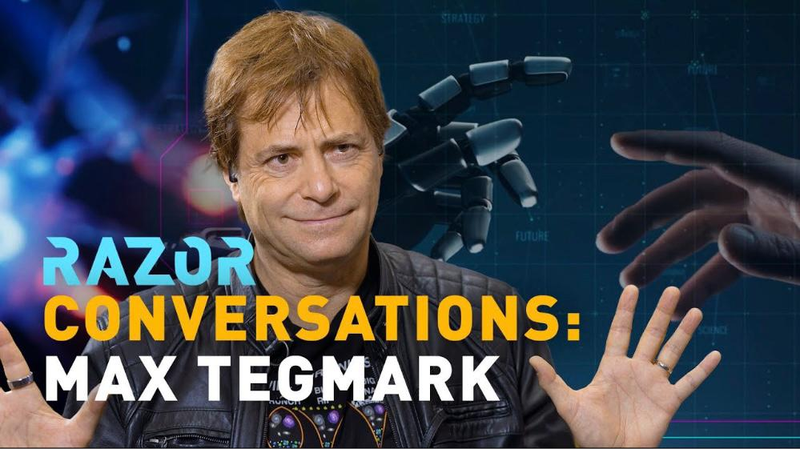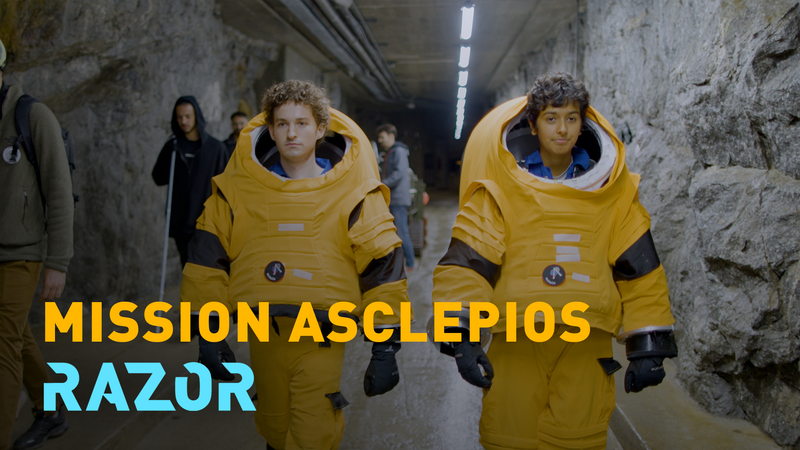In a highly anticipated event, Tesla is set to unveil its long-awaited \"Cybercab\" robotaxi prototype on Thursday night. This development could mark a significant milestone in the company's quest to revolutionize self-driving vehicles.
The unveiling of the Cybercab comes after years of anticipation and promises from CEO Elon Musk to deliver fully autonomous vehicles. While the prototype is expected to impress, industry insiders believe it may not yet be a fully operational, road-ready driverless taxi.
Tesla faces a substantial challenge in convincing both regulators and the public of the safety and reliability of its self-driving technology. This task is especially daunting as competitors like Alphabet's Waymo have already launched robotaxi fleets in select cities, setting a high bar for the industry.
What sets Tesla apart is its unique approach to autonomous driving. The company relies exclusively on \"computer vision\" and end-to-end machine learning, utilizing cameras and artificial intelligence to make driving decisions. Unlike other leaders in the field, such as Waymo, Amazon's Zoox, and General Motors' Cruise, Tesla does not incorporate additional sensor layers like radar and lidar to enhance safety and meet regulatory requirements.
While Tesla's method offers a more cost-effective solution, it introduces critical vulnerabilities. Experts and former Tesla engineers have pointed out that without the supplementary sensors and detailed mapping used by its rivals, Tesla's system may struggle to handle rare and unpredictable driving scenarios, known as \"edge cases.\" These rare conditions pose significant challenges for autonomous systems, potentially making Tesla's technology more susceptible to errors.
Another hurdle for Tesla is its reliance on end-to-end AI, which operates as a \"black box.\" A former Tesla engineer explained that this approach makes it difficult to identify and address the causes of system failures, complicating efforts to ensure safety and prevent accidents.
Despite these challenges, Tesla remains steadfast in its vision of deploying fully autonomous robotaxis. Musk has indicated that the company continues to use its Full Self-Driving approach in developing the Cybercab, although securing regulatory approval and overcoming existing technological obstacles may still require considerable time and effort.
Reference(s):
cgtn.com




